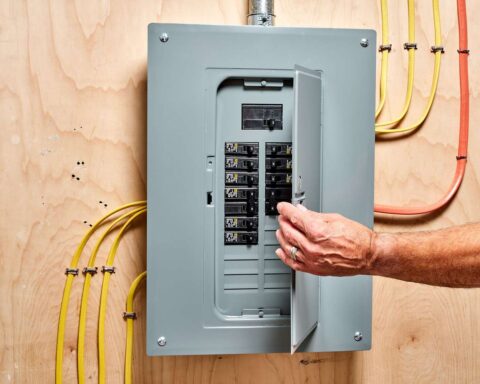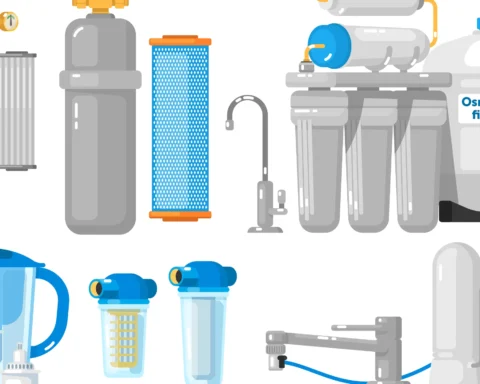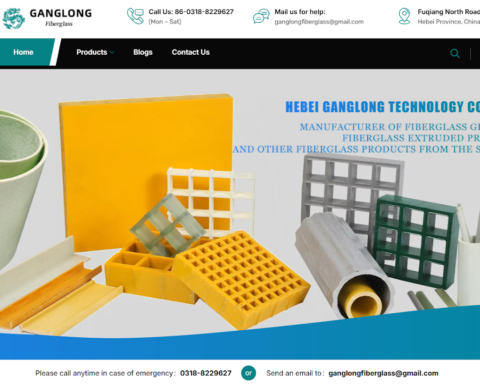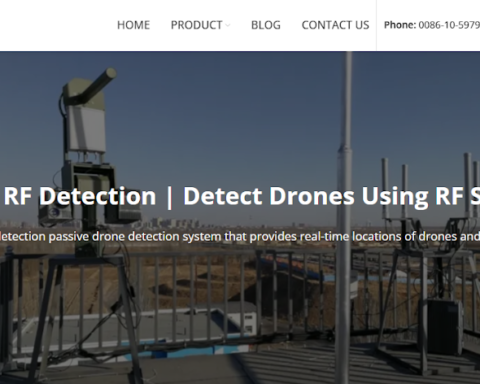Two formidable competitors challenge each other for supremacy in the constantly changing field of marketing automation: Sequences and Workflow.
Though they have different uses, these two essential HubSpot platform components have one thing in common: they aim to maximize productivity and streamline procedures.
But which one reigns supreme in the battle of HubSpot Sequences vs Workflows? Let’s delve into the ring and find out.
Understanding Sequences
HubSpot’s dynamic performers in customized outreach are sequences.
Think of them as your email campaigns’ choreographers, arranging well-adjusted communications to pique leads’ interest and foster connections.
Marketers can create custom communication channels with Sequences, customize the content, establish email intervals, and even add responsibilities to keep conversations on track.
- Personalization at Scale: Sequences enable advertisers to send niche messages to a large audience while retaining a personal touch. Each email connects with recipients personally by utilizing specific properties and intelligent content, which promotes deeper relationships and increased engagement rates.
- Automated Follow-Up: The capacity of Sequences to automate follow-up activities in response to recipient behavior is one of its most notable capabilities. Sequences facilitate smooth communication, whether it’s via initiating a task when a lead engages with an email or sending a follow-up email after a certain amount of time.
- Smart Analytics: Sequences make it easy to monitor the effectiveness of email campaigns. Marketers may use data-driven optimization for next outreach initiatives by gaining insightful knowledge about open rates, click-through rates, and reply rates.
Understanding Workflows
Within the HubSpot ecosystem, Workflows are the master builders of automated processes, while Sequences are best at coordinating email campaigns.
Consider them to be the maestros in the background, arranging a symphony of movements brought about by preset circumstances and occurrences.
Workflows automate tedious procedures and make sure no opportunity passes you by, from lead nurturing to client onboarding.
- End-to-End Automation: By allowing marketers to map out whole customer journeys and automate activities at every touchpoint, workflows provide a comprehensive approach to automation. Workflows automate the whole lifecycle management process, from changing contact information and generating internal notifications to sending targeted emails depending on lead behavior.
- Conditional Logic: Conditional branching allows workflows to respond and adjust to different situations, which is what makes them unique. Marketers can designate branching pathways according to certain criteria, guaranteeing that every lead is sent on a customized trip depending on their behavior and interests.
- Flexibility in Integration: Workflows’ easy integration with other HubSpot products and other programs allows them to do more than just send email campaigns. Workflows are the core of automated operations; they may be used to synchronize data with CRM systems, update entries in other databases, or trigger events on external platforms.
The Showdown: Workflows vs Sequences
After analyzing the benefits of both Sequences and Workflows, it’s time for the last confrontation.
Which tool triumphs in the war for supremacy in marketing automation?
- Scalability: Workflows provide unmatched scalability by automating a wider range of tasks across the whole client lifecycle, while Sequences shine in tailored email outreach.
- Customization: While Sequences are excellent at providing leads with material that is specifically targeted to them, Workflows go above and above with conditional logic and branching routes to guarantee a personalized experience at every turn.
- Integration: Workflows are the most flexible in terms of integration; they easily integrate with other platforms and other HubSpot technologies to establish a seamless automation environment.
The outcome of the Sequences vs Workflows debate will rely on the particular requirements and goals of your marketing plan.
Sequences are the preferred option for customized outreach and targeted email campaigns.
Workflows, however, are the clear winners when it comes to complete lifecycle management and end-to-end automation.
Conclusion
Workflows and Sequences are vital partners in the dynamic field of marketing automation, helping to achieve both efficiency and engagement.
Even if every tool has a special set of advantages, the real power is in combining them to create individualized, seamless experiences for both leads and customers.
You can thus be confident that HubSpot has you covered in the struggle for marketing automation dominance, whether you’re using Sequences vs Workflows to fine-tune your email campaigns or Workflows to plan out complex workflows.
Stay in touch to get more updates & news on Essential Tribune!








